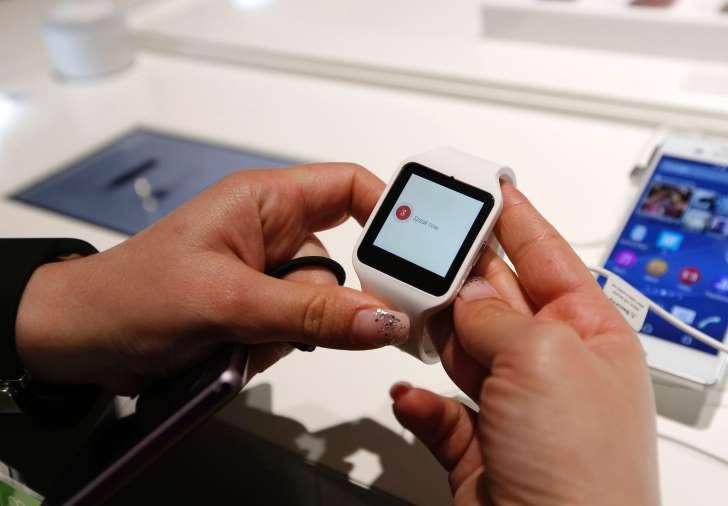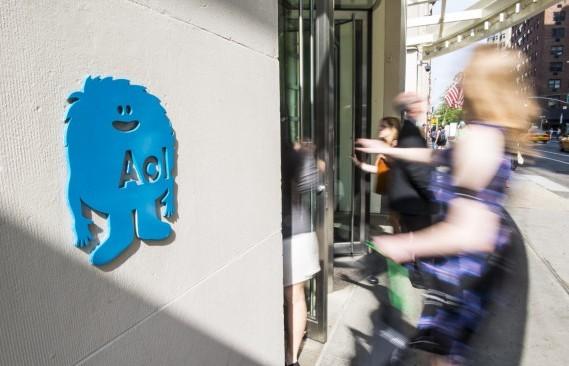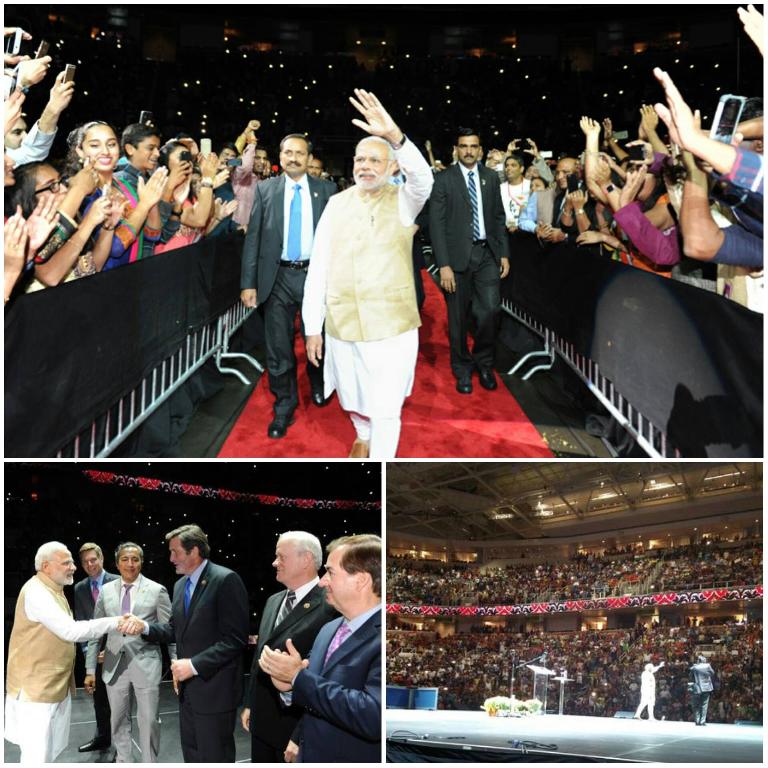December 22, 2015
Not every idea turns out to be a good one. Let's take a look back at some of the blunders in the tech sector from the past year. Some you may remember, while others were a little more under the radar, but no less ridiculous.

1. LG launched a smartwatch that wasn't ready
December 22, 2015
Not every idea turns out to be a good one. Let's take a look back at some of the blunders in the tech sector from the past year. Some you may remember, while others were a little more under the radar, but no less ridiculous.

1. LG launched a smartwatch that wasn't ready
Wearables are a hot new category with tremendous upside. That's why so many companies are racing products to market. LG Electronics (NASDAQOTH: LGEAF) attempted to join that gold rush this year, but CEO Bon-Joon Koo's company made a huge misstep.
The company introduced the second edition of its $499 Urbane Smart in early November and pulled it from the market a mere six days later. The device, which was notable for being the first Android watch that could make calls without being paired to a smartphone had even been put up for sale by a number of major retailers and wireless companies.
"Late in the quality assurance process for the LG Watch Urbane 2nd Edition LTE, our engineers were made aware of a hardware issue which affects the day-to-day functionality of the device." LG said in a statement. "After further investigation, the decision was made to cancel the rollout of the Urbane 2nd Edition LTE due to the complicated nature of the issue."
Generally, of course, this type of device-killing problem gets noticed before a product goes on sale. Letting it actually get to market turns a small problem into a major embarrassment for Koo's company.
2. Sony's CEO tries to bring back the Walkman
Nostalgia has its place, as evidenced by the fact that vinyl records have become a growth industry. Still, just because something was once popular does not mean that a new version of it will automatically be a hit. Sometimes, it's not a question of whether an updated product is introduced, but exactly how it gets brought to market.

Sony's picture of the type of hipster who would buy a $1,200 MP3 player Source Sony
The original Sony (NYSE: SNE) Walkman was a personal cassette player — the precursor after a fashion to the MP3 player. It was not a cheap device, but it was affordable enough that many high school kids had them and they were, for a long time, the industry standard.
Bringing back the legendary Walkman name made sense, but you have to wonder why Sony CEO Kazuo Hirai signed off on bringing the nearly $1,200 Walkman NW-ZX2 to market. It's just a really fancy MP3 player, which is a dying category in the first place.
Yes, it's marketed at audiophiles, but will the audience be willing to pay three times what a top-tier iPod costs and six times the entry level model? Probably not. This blunder may not have the bottom-line impact of some of the others on the list, but it's a product that's not needed, in a category that is rapidly going away, built for an audience that generally dislikes digital music in the first place.
3. Verizon buys AOL
AOL has been the subject of a number of bad moves, but its acquisition by Verizon (NYSE: VZ) may be its last. The phone, cable, and Internet giant paid $4.4 billion for the once-mighty service, ostensibly to advance its advertising and mobile video.

The entrance to AOL headquarters at 770 Broadway in New York City on May 12.
On the positive side, Verizon gets TechCrunch and HuffPost, two brands with growth potential, but not enough to justify the price tag. When the deal went down, many questioned why Verizon was paying so much for a brand that saw its best days a long time ago. But, while the Internet erupted in a fit of dial-up and AOL CD jokes, Verizon CEO Lowell McAdam expressed extreme optimism in the press release announcing the deal.
"Verizon's vision is to provide customers with a premium digital experience based on a global multiscreen network platform," he said. "This acquisition supports our strategy to provide a cross-screen connection for consumers, creators and advertisers to deliver that premium customer experience."

Lowell C. McAdam, chairman and chief executive officer of Verizon Communications.
He also called AOL a "digital trailblazer" and cited all the wonderful ad things the two companies could do together. The problem is that the advertising platform, which is at the heart of the deal, is part of a money-losing AOL division. Ultimately, the company is shelling out billions for a dated name and very little upside.
"Even if successful, programmatic advertising only would generate about $700 million of EBITDA in 2017, according to Macquarie, or a 1.5% increase for Verizon," wrote The Fiscal Times' Robert Cryan at the time the deal was announced. "That hardly seems a reward worthy of the operational and distraction risks."
Verizon does of course also get crates full of old AOL dial-up CDs as well as a couple million customers who, either because they forgot to cancel or are unaware of broadband, still pay for dial-up access. McAdam made himself a deal that might have been a really good one — in 1998. In 2015, it's a blunder only because Verizon isn't getting anything important it could not have built on its own for well less than $4.4 billion.
Courtesy: The Motley Fool
















































































































